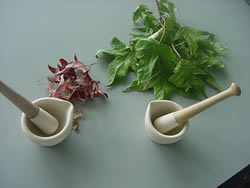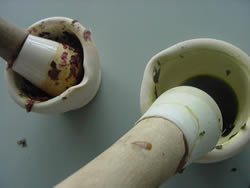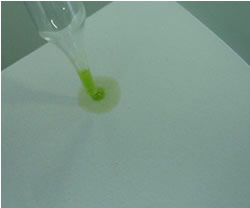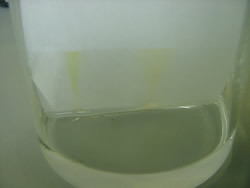Pigments
in a leaf
During
Autumn, the suburbs turn on a beautiful display of colour. Just prior
to dropping their leaves for the winter trees exhibit wonderful colour
changes as the leaves change from green to shades of red, orange and yellow.
Where do this pigments come from. Does the plant destroy the green pigment
and create the red, orange and yellow pigments? Is the red pigment present
in the green leaves?
How many pigments are present in the leaves.
How many pigments are present in the leaves.





